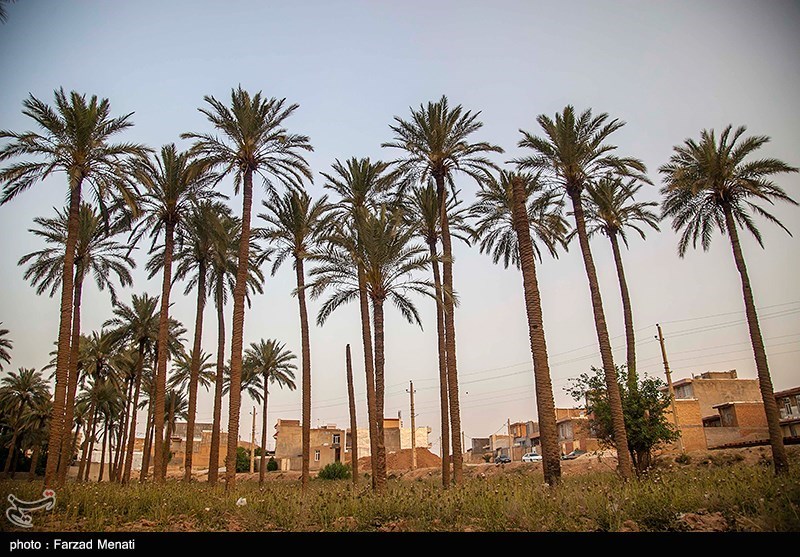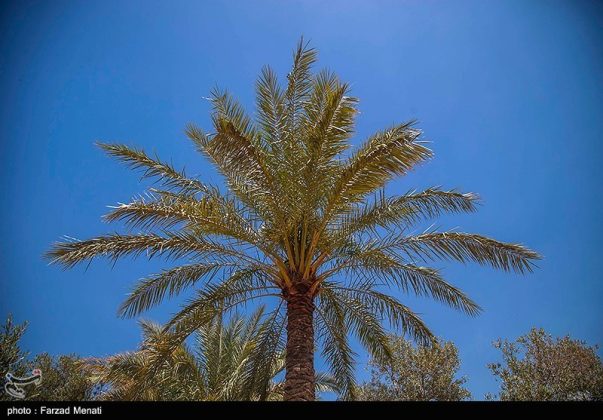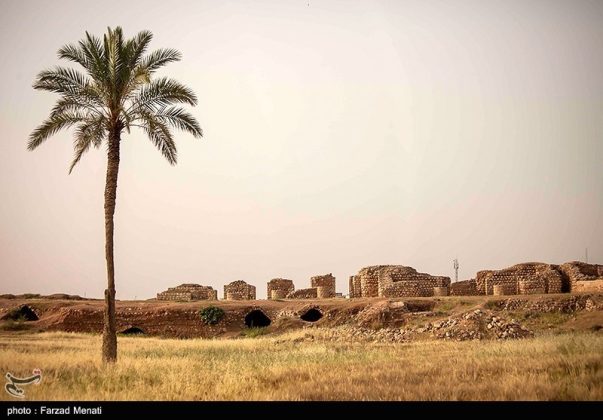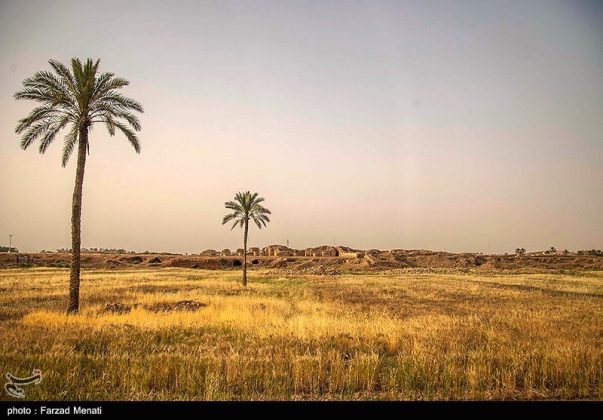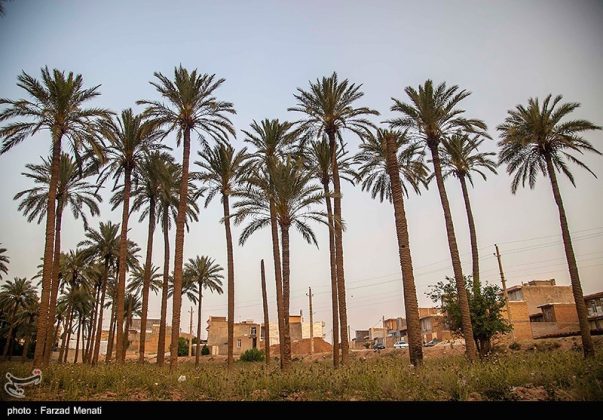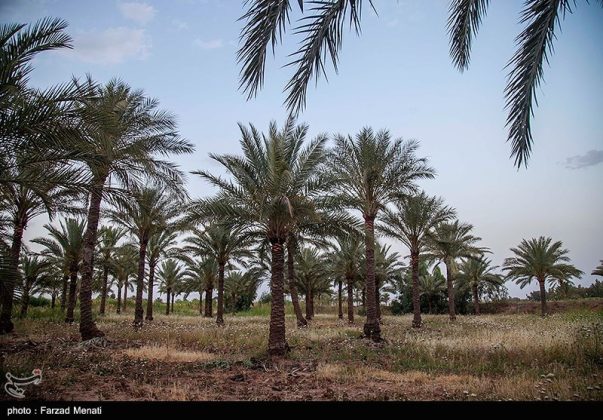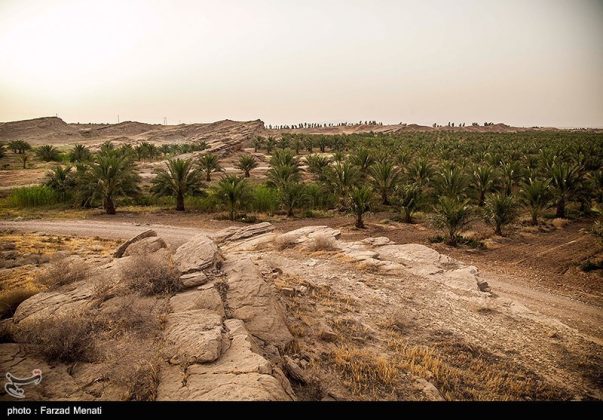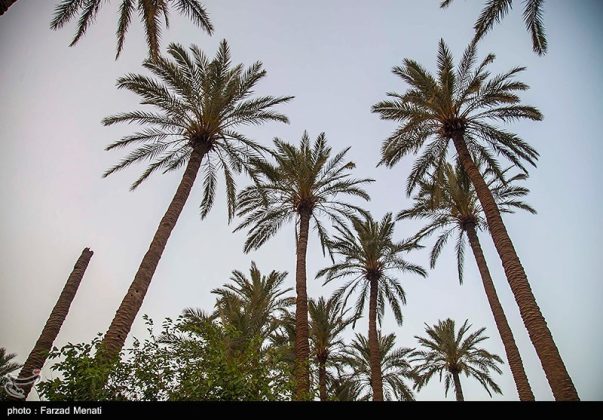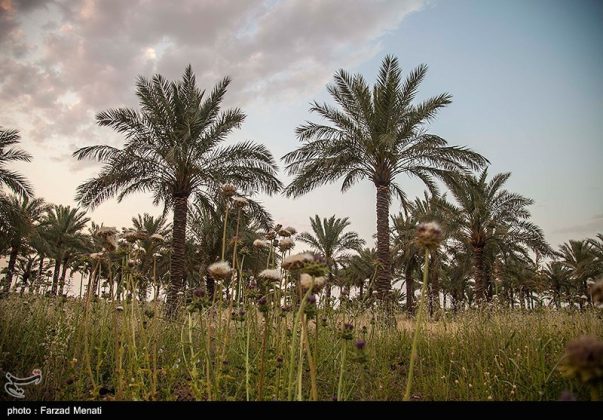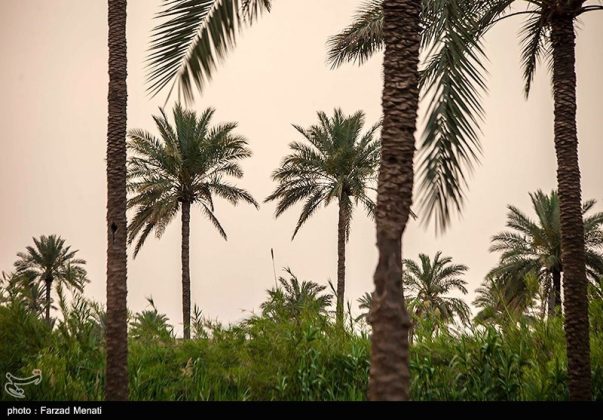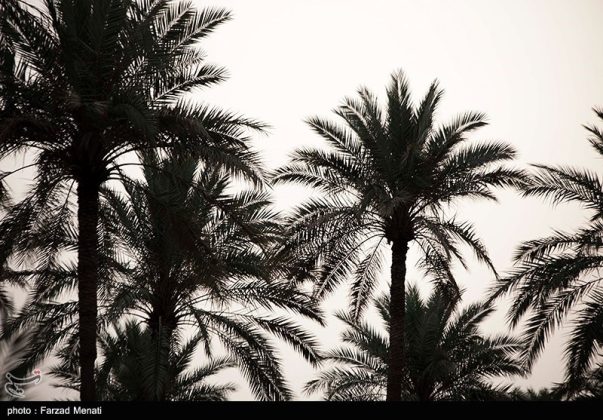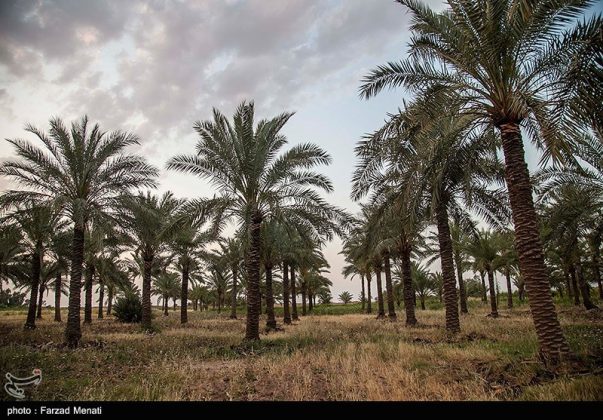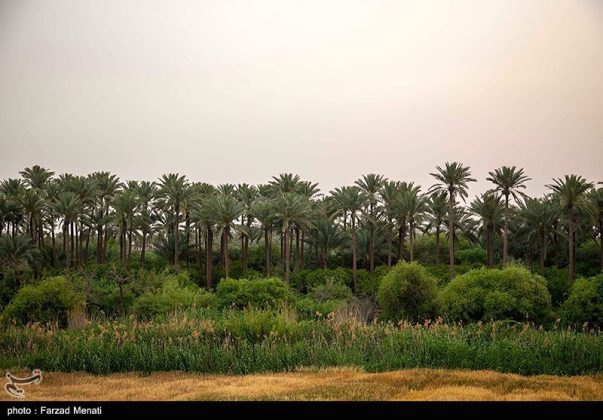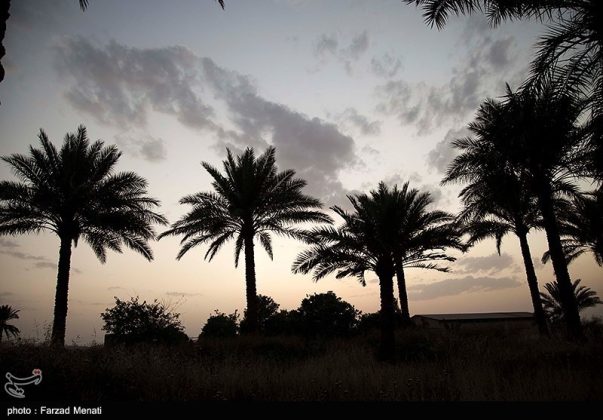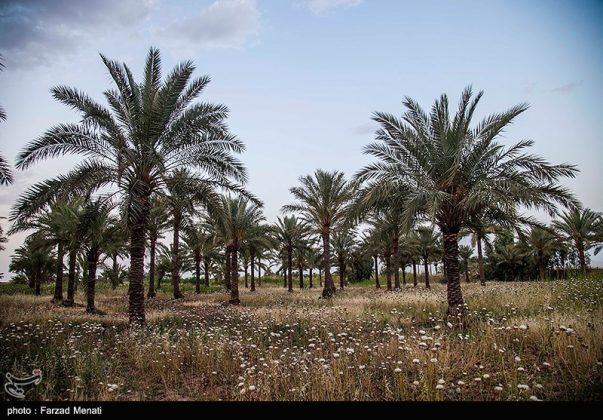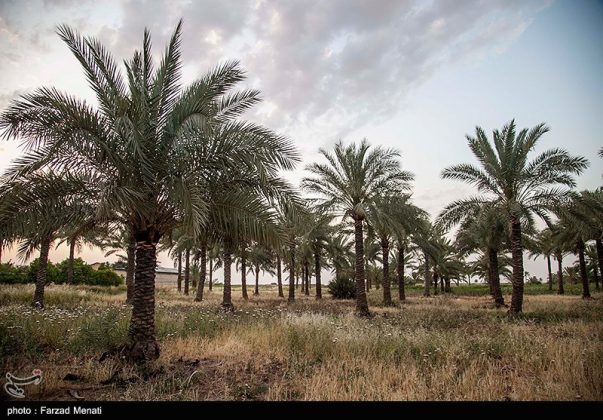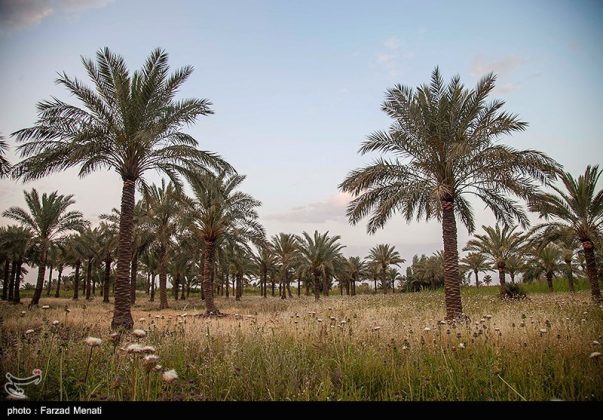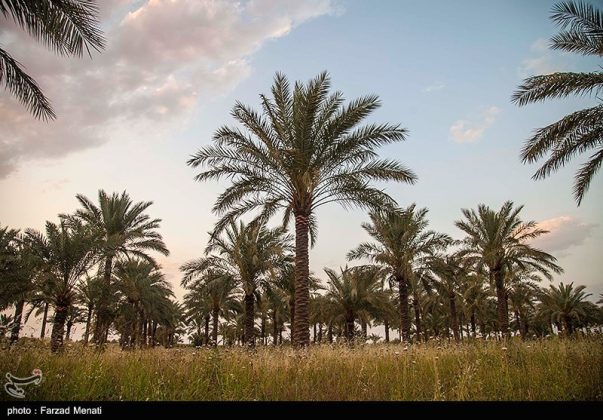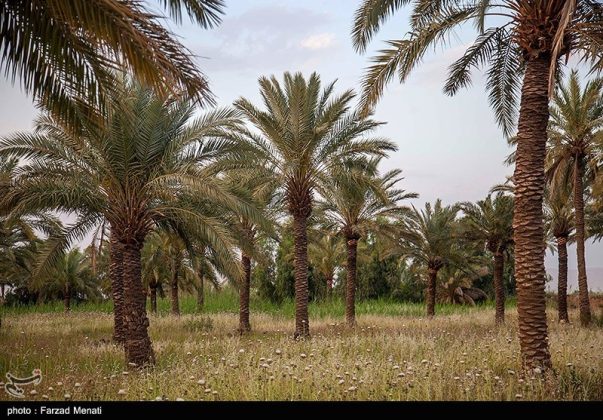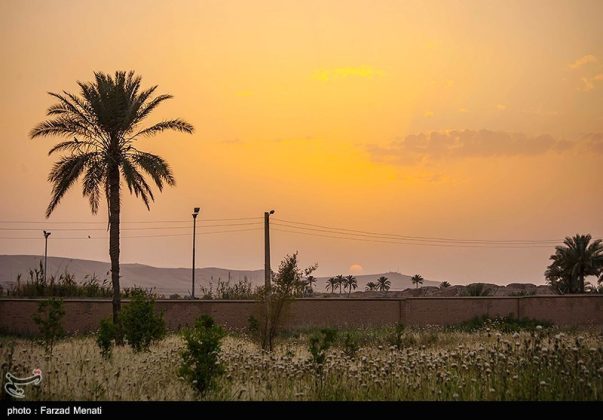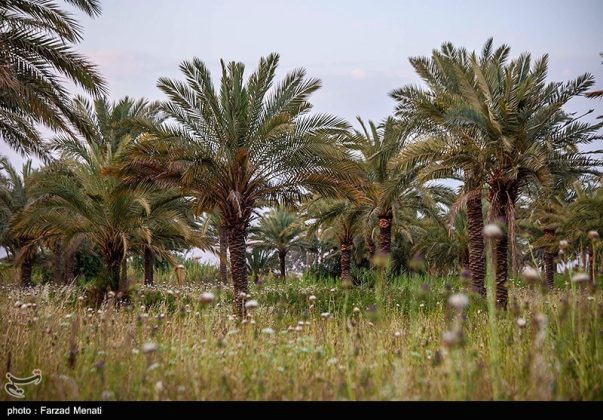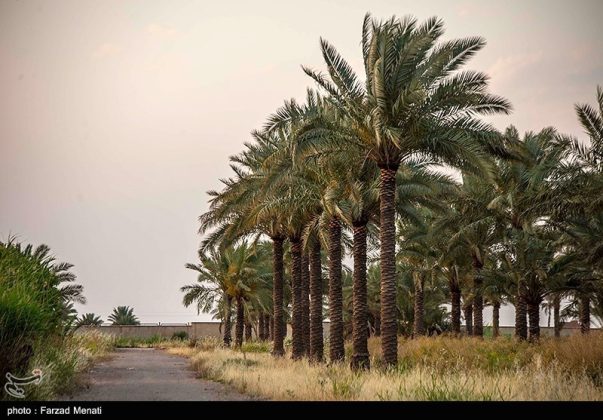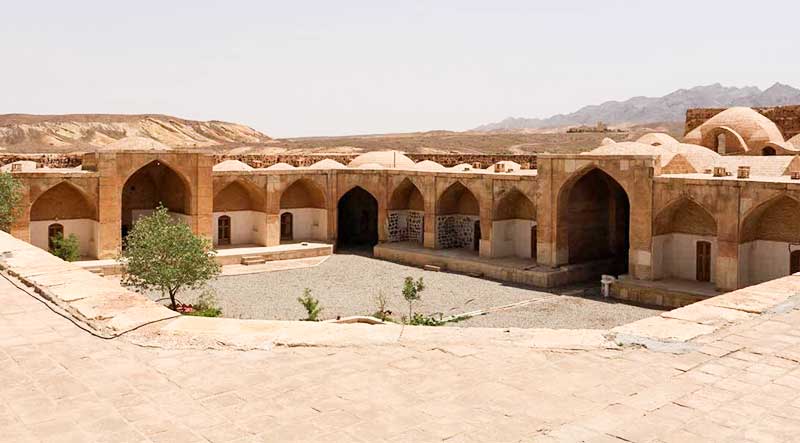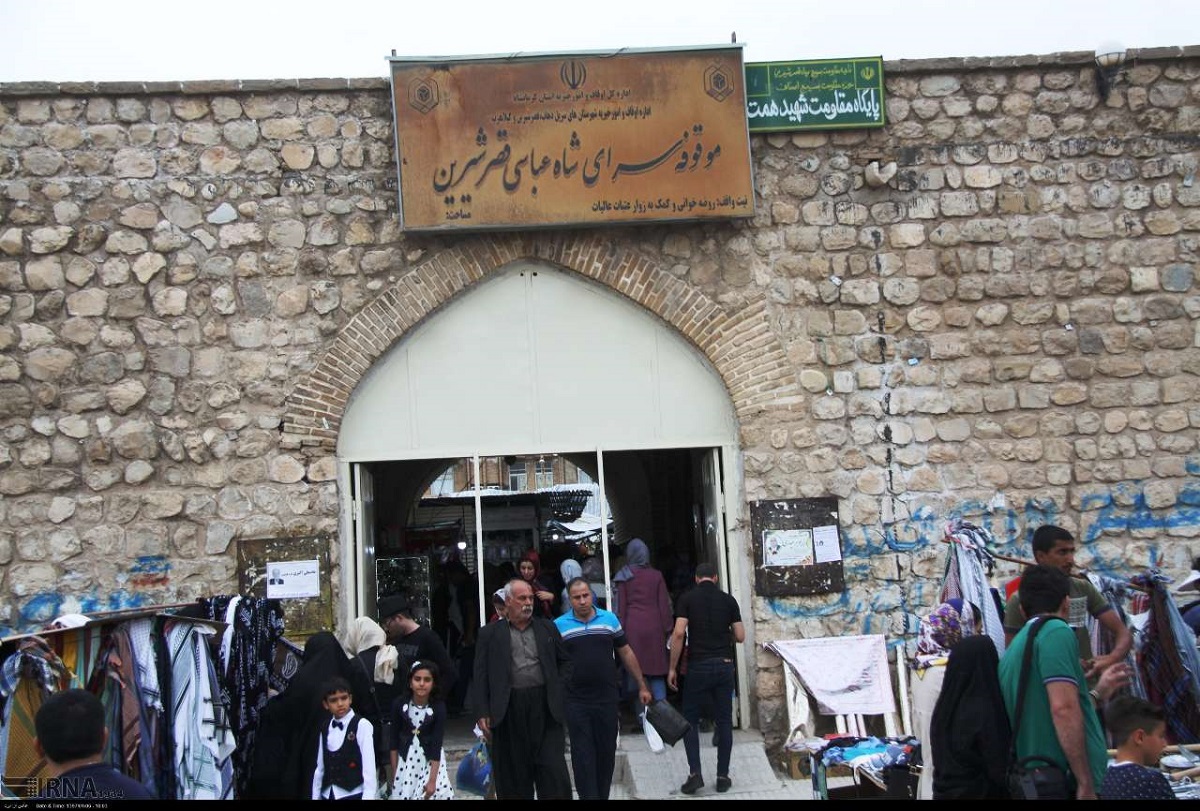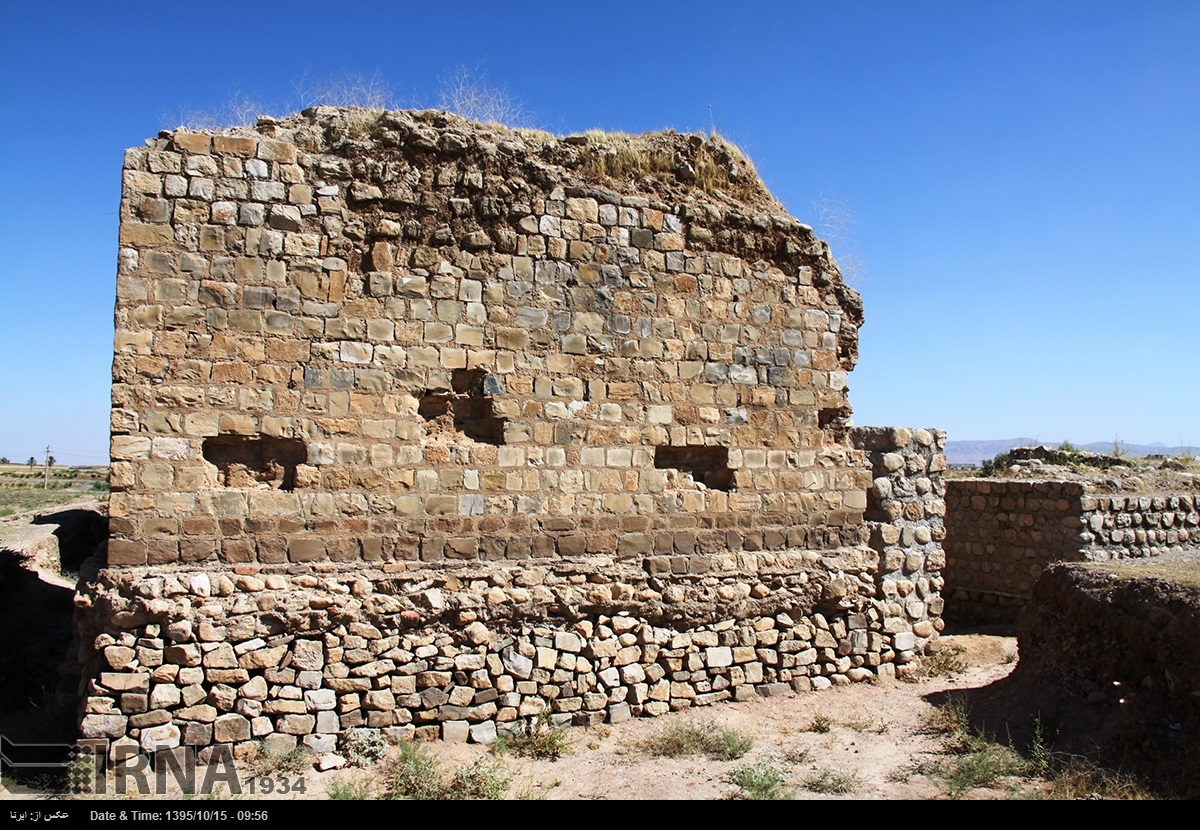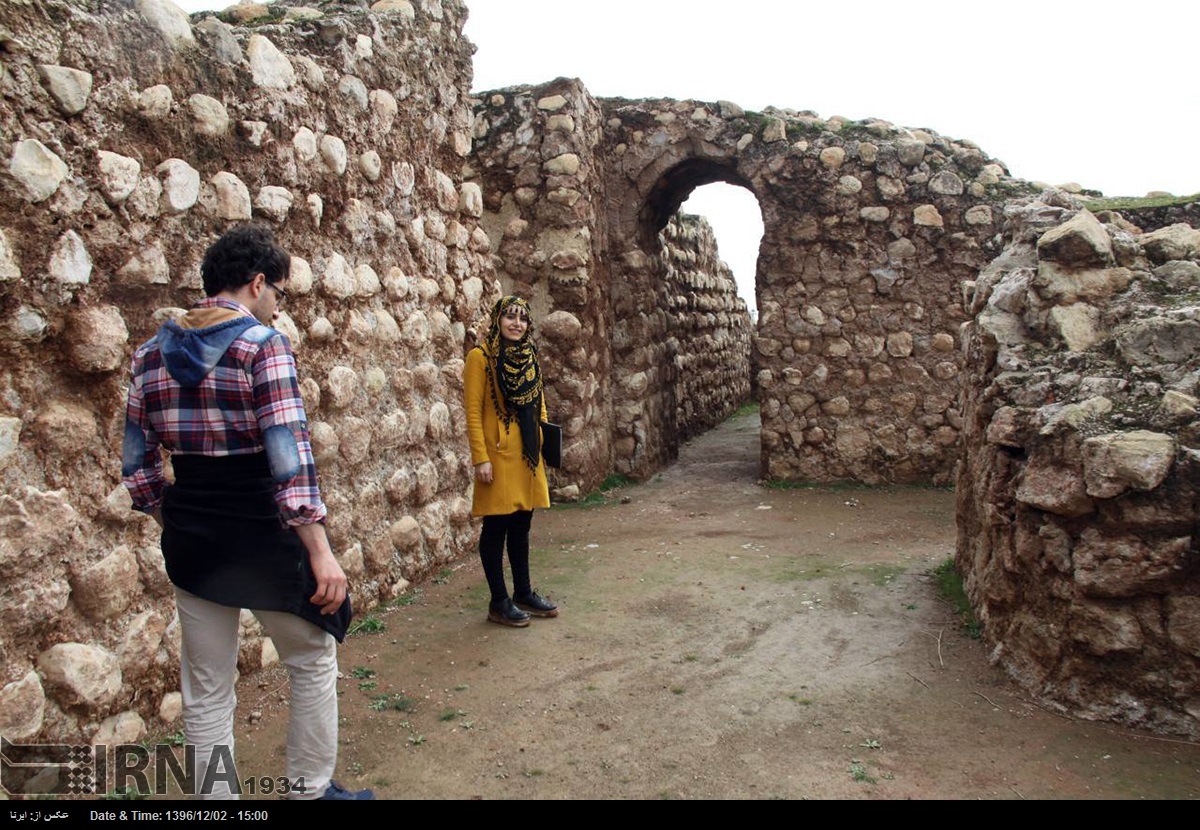The most important dates that grow in Qasreshirin’s palm groves are: Zahedi, Arzagh, Khazravi, Jafari and Ashrasi. The most famous date of Qasreshirin is Ashrasi though. The area is the only latitude in Iran where this type of date is harvested.
The city of Qasreshirin is located 166 kilometers west of the city of Kermanshah and is 400 meters above the sea level. Qasreshirin is one of the most important western gates of Iran and it always hosts guests from across the country.
The city is located on the way to the holy shrines in Iraq. Hence, various pilgrim caravans pass through Qasreshirin.
Geographical position of Qasreshirin
Qasreshirin is bounded to the north and south by Iraq, from south by Iran’s Ilam Province, and from east by the cities of Sar Pole Zahab and Gilangharab. Qasreshirin lies on the main road from Tehran to Baghdad and its people speak Kurdish.
Gorgeous nature with palm trees
Qasreshirin is the most tropical city of Kermanshah (Wikipedia) and is located in the west of the province. It’s always been popular due to the tall palm trees in the city and also the high diversity of its agricultural crops.
During the imposed war, the Ba’athist regime of Iraq brutally pounded Qasreshirin. Nearly four decades after that tragic period, the palm trees of the city are still a telltale sign of those days and show the oppression the people of Qasreshirin endured at the time.
But the significance and beauty of Qasreshirin is not just about the tragic history of the imposed Iraqi war and even its gorgeous and rich groves. The important historical monuments of this city are among the attractions of Qasreshirin though they were destroyed to some extent during the war.
Important historical monuments of Qasreshirin
Most of the city’s historical monuments date back to the reign of the Sassanid kings. Qasreshirin is one of the ancient and historical cities of Kermanshah Province and historical and literary works say that it was built at the order of Sassanid King Khosro Parviz.
During his rule, Khosro Parviz ordered the construction of a big garden with beautiful palaces that were suitable for the wintry climate of Qasreshirin.
The most famous archeological sites of Qasreshirin are Chahartaghi (the quadrangle) and Emarat (the mansion). Shah Abbasi Caravanserai and Javamir Castle are the other historical monuments of the city.
Other beautiful places of Qasreshirin include: Chahar Qapu, Khosro’s Sassanid Palace, Hoshkeri, Qasreshirin Caravanserai and Shah Gdar Creek.
Qasreshirin Caravanserai
This caravanserai is inside the city of Qasreshirin. Unfortunately, this monument was heavily damaged as a result of attacks by the Ba’athist regime during the imposed war.
Now only the entrance to the caravanserai remains but in recent years, Iran’s cultural heritage organization has been trying to repair the caravanserai.
It was built using bricks and rocks. Even in some sections of its entrance, bricks of Sassanid monuments were used.
Chahar Qapu Fire Temple
Chahar Qapu or Chahar Qapi means “four-door”. This is one of the fire temples of the Sassanid era in the border city of Qasreshirin.
The fire temple is one with a tawaf corridor. Unfortunately, over time, its portico has tumbled down. But in some sections, traces of the portico are visible. Chahar Qapu was made using local construction materials like stone carcasses and gypsum mortar.
The dome of the temple fire was however made of bricks. Most archaeologists believe that the monument is a fire temple dating back to the time of Sassanid king Khosro Parviz, but some also assert that it’s a palace of that era.
Khosro’s Palace in Qasreshirin
The ruins of Khsoro Parviz’s Palace are visible on the northern suburb of the city of Qasreshirin. It’s near Chahar Qapu Fire Temple and is no more than a mound of soil. Khsoro Parviz’s Palace was built on an 8-meter high platform.
Iranian and Arab historians and geographers have all written about the monument. They mostly maintain that the palace was built by Khosro Parviz in the middle of a huge garden where wild animals lived freely and a lot of water from Alvand River flowed into the garden through a high canal.
Khsoro Parviz’s Palace is said to be one of the world’s wonders that was destroyed by Eastern Roman Emperor Heraclius in 628 A.D.
Read more:
